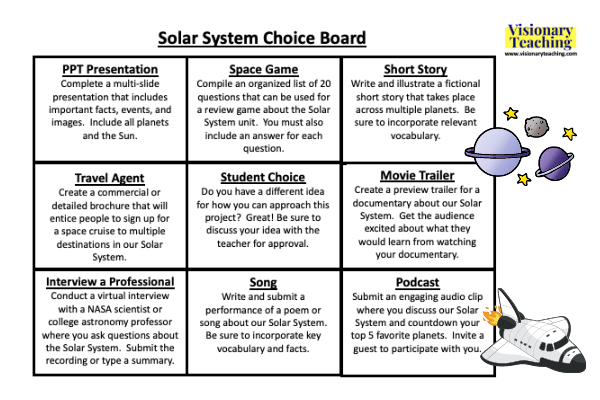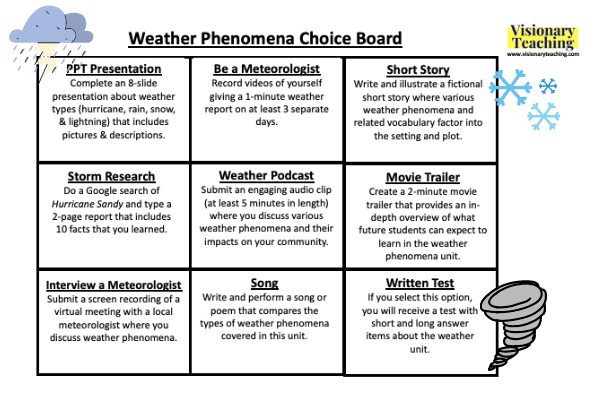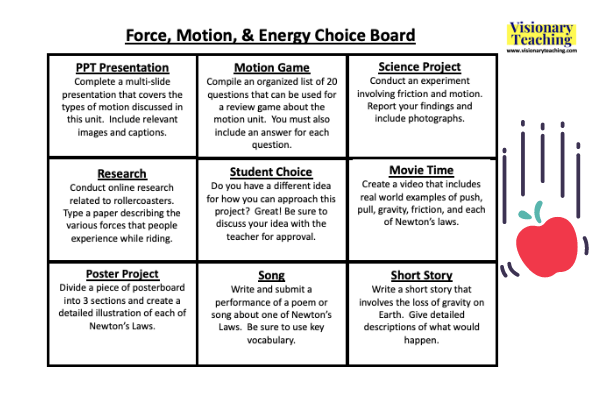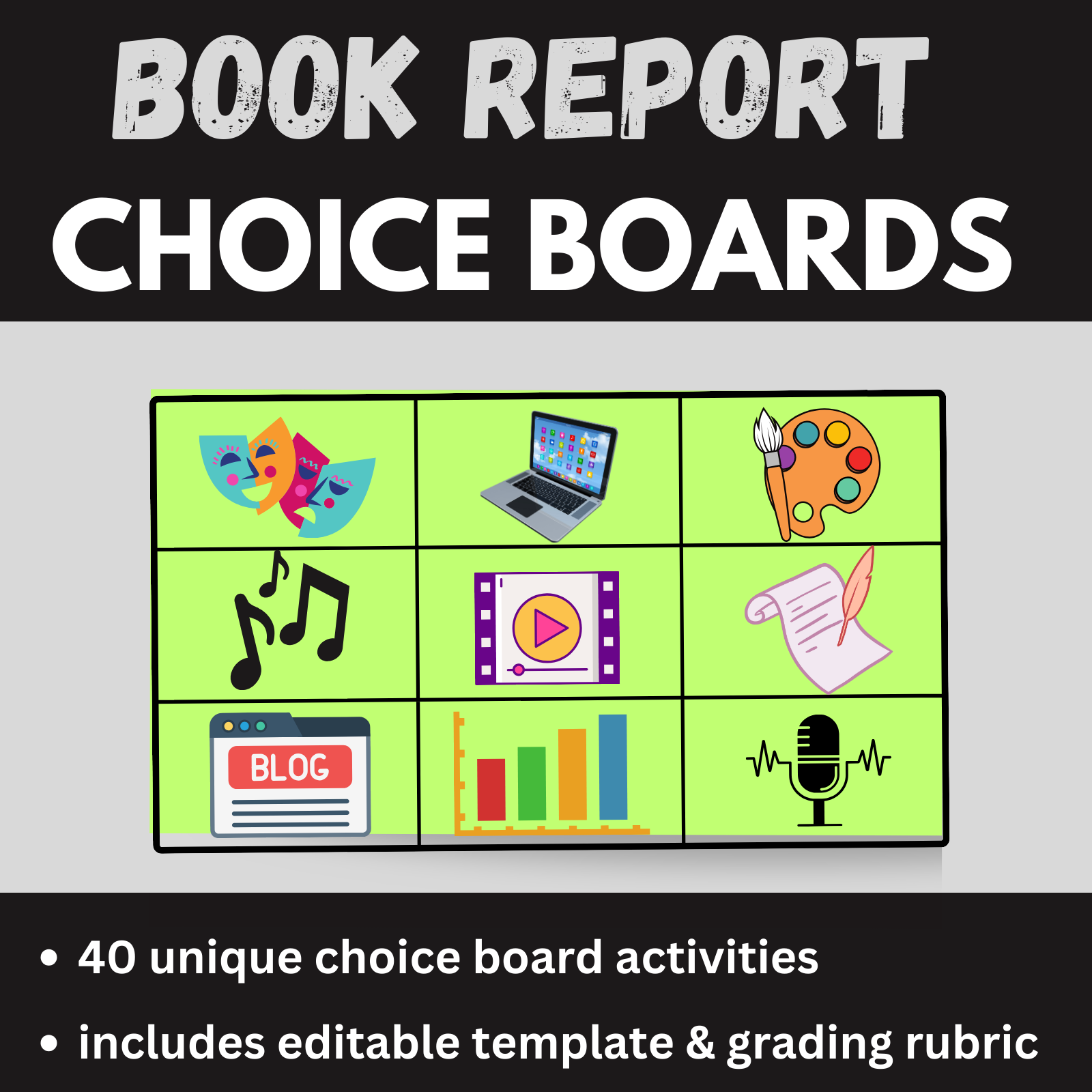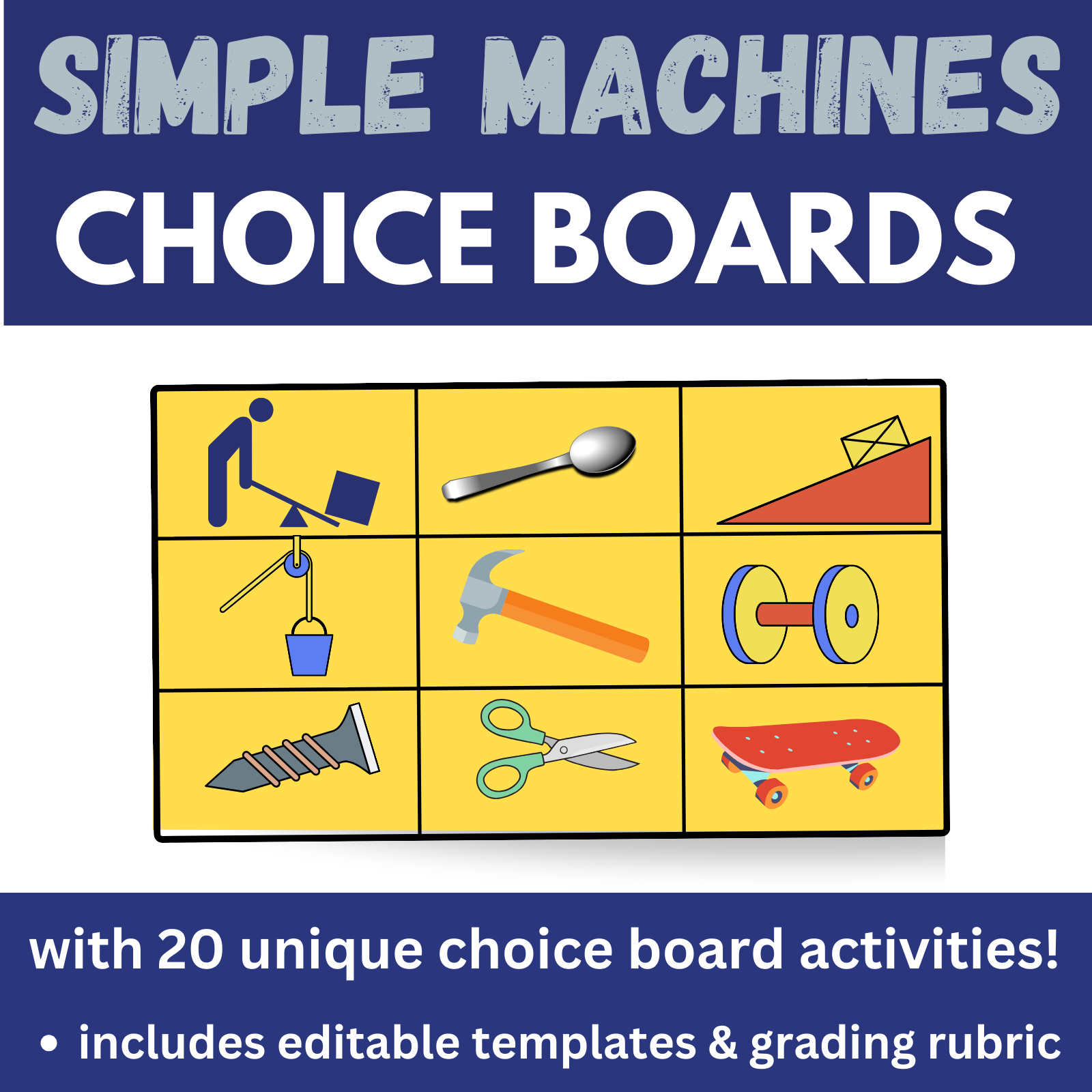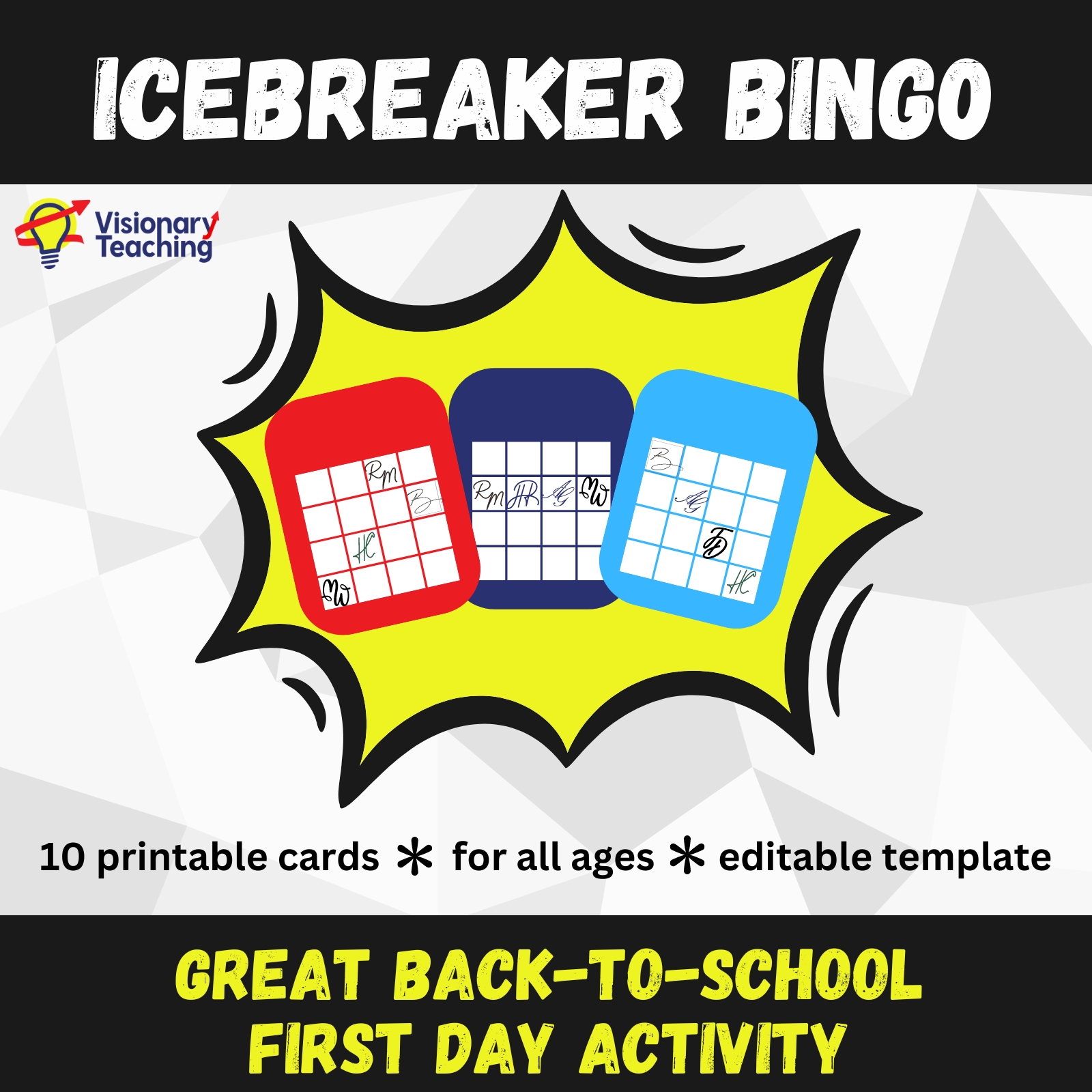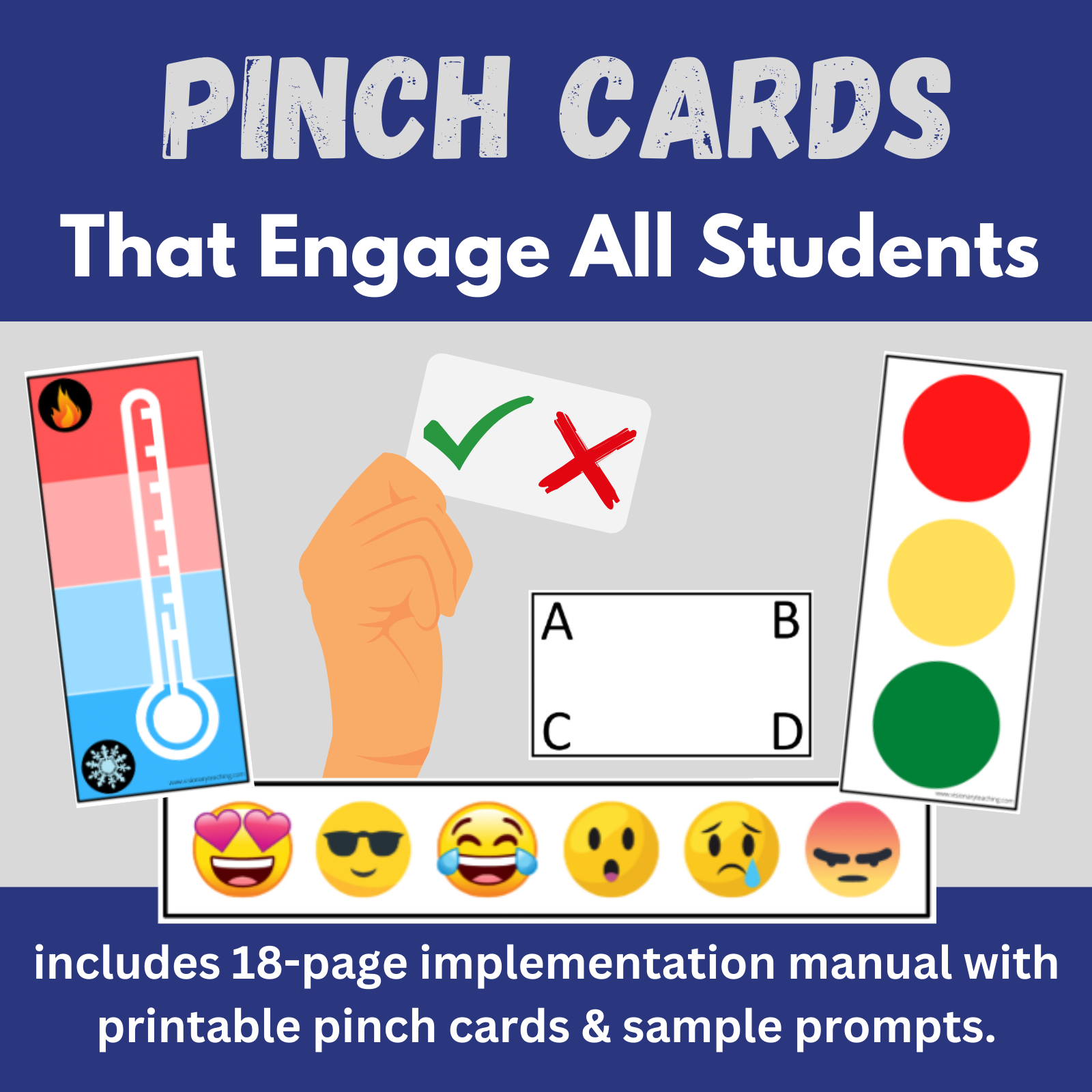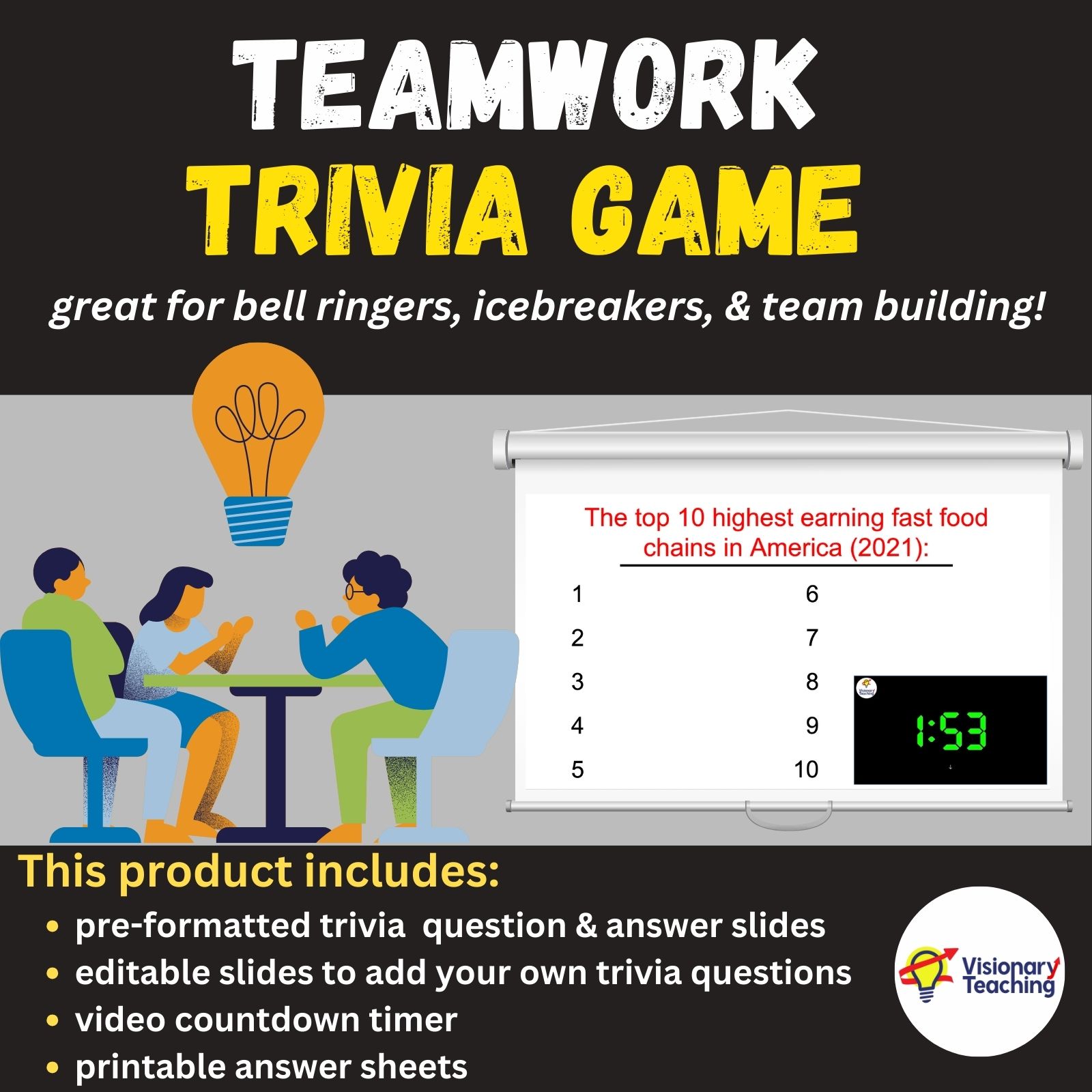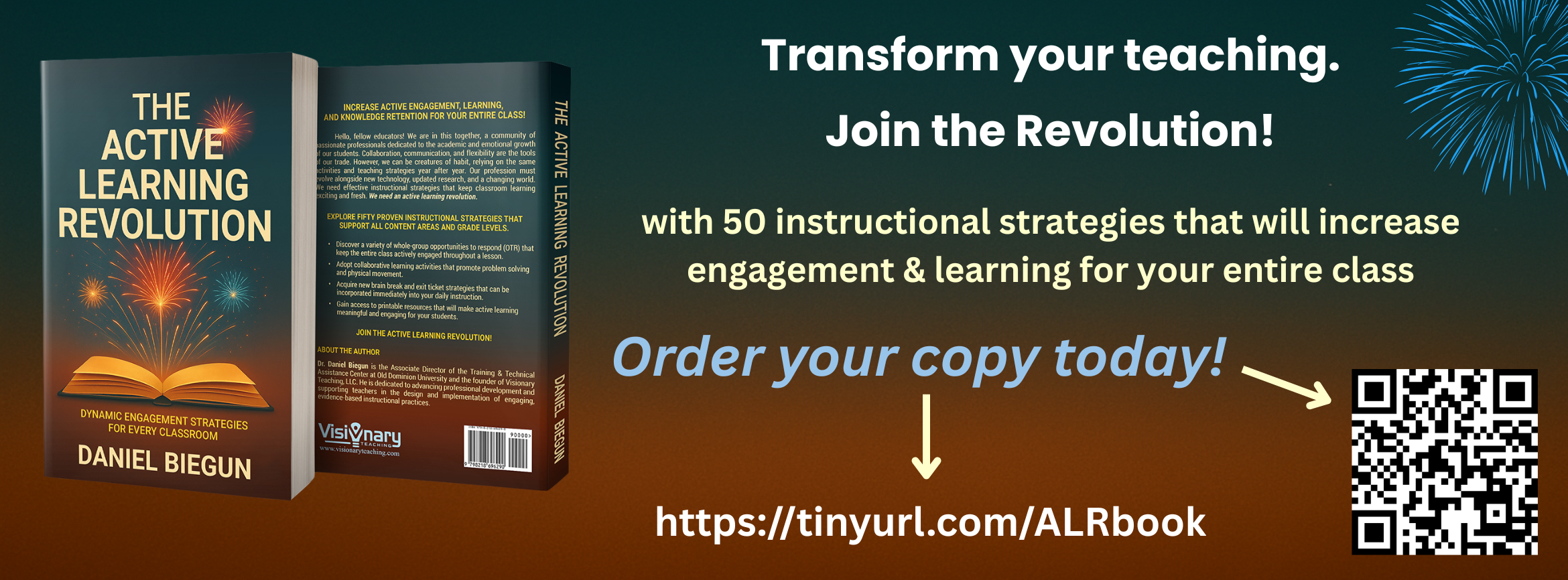
Student choice is very important.
Think about your own learning preferences. Do you prefer to work alone or in small groups? Do you prefer to learn a new skill by reading about it or by watching a video about it? You have likely developed clear preferences and, further, you likely enjoy the opportunity to make some choices with regard to your learning or work. It stands to reason, then, that promoting student choice in the classroom is a meaningful venture.
A Telling Statistic
A 2016 Gallup Poll found that while 74% of surveyed 5th graders reported being academically engaged in school, the percentage dropped to 33% for 10th graders.
Why is this? What happens between elementary school and high school? Research has identified a potential reason: Schools make learning not fun.
Oftentimes, our schools are focussed on high stakes testing, which rewards students who are able to memorize facts and regurgitate them on assessments.
Schools ask students to sit quietly in neat rows of desks for long periods of time. Students listen to teachers lecture and focus their energy on sitting still and taking thorough notes, rather than on making personal connections to the content.
We reward compliance instead of curiosity. Students have fun when they are comfortable, actively learning, playing games, and asking questions. Students enjoy learning when they have opportunities to make choices.
Here are Five Easy Ways to Engage Students:
1) Student Choice of Topics
There are a number of ways to offer students choice of content.
- Give students flexibility to choose the topics of papers or projects. Perhaps you are teaching a unit on English poets and your students can choose a particular poem or poet of interest to write about.
- Allow students to delve deeper by focussing on a topic of choice within a given unit. Maybe you are teaching an American History unit on World War II. Your learners might appreciate the chance to become an expert on a selected figure or event.
2) Choice Boards
Offer students choice of how they will demonstrate what has been learned.
Think back to your high school days. Can you recall any projects that you completed? I vividly remember working with a group that made a video version of chapter from Chaucer’s Canterberry Tales. I also cringe when I recall, in great detail, the time that I took my guitar to Spanish class and performed a song that I wrote. We all remember engaging projects that allowed us to have choice and be creative.
A great way to offer students a choice in how they will be assessed is the use of Choice Boards. Check out our previous posts on the benefits of choice boards and an overview of science choice boards.
Note: Click on the thumbnails above to see a larger version of these science choice boards.
Make your own Choice Boards or click on these options!
3) Student Choice of Taking in New Information
Learners differ in how they prefer to take in new information. Think outside of the traditional textbook. Ask your learners to identify a variety of resources that they can use to learn content. Below are just a few ideas.
- Textbooks
- Research articles
- Videos
- Blog posts
- Podcasts
- Expert interviews
Whenever I train a room full of educators, they overwhelmingly identify videos and podcasts as engaging ways to take in new information. It is safe to assume that may younger learners might feel the same.

4) Student Choice- Group or Individual Work
When possible, give students the choice of individual learning tasks or small group work. As professionals, we likely have preferences for various situations. Our students won’t learn their strengths and preferences unless they have opportunities to experience different options.
When students are permitted to learn in small groups, don’t forget to give some flexibility to choose who they will work with in the groups.
5) Student Choice of Seating
Students will be more engaged when they are comfortable. Consider ditching your individual desks and provide some flexible seating options for your students. Here are some ideas:
- round tables
- tall tables
- chair only
- couch
- standing desks
Another option is to allow students the freedom to stand when appropriate. Whenever I speak at conferences, I regularly see adults who choose to stand in the back of the room. What is good for adult learners can be good for young learners.

These are but a few ways that you can offer student choice in the classroom. Pick one or two ideas and see how your students respond. It is clear that when students have choice in what they learn and how they learn, they are likely to work longer, harder, and more successfully. Happy teaching!

